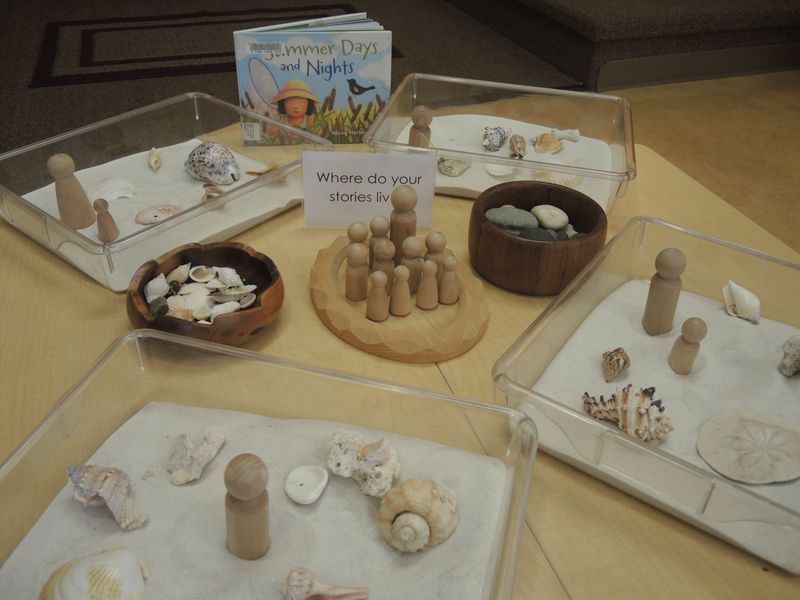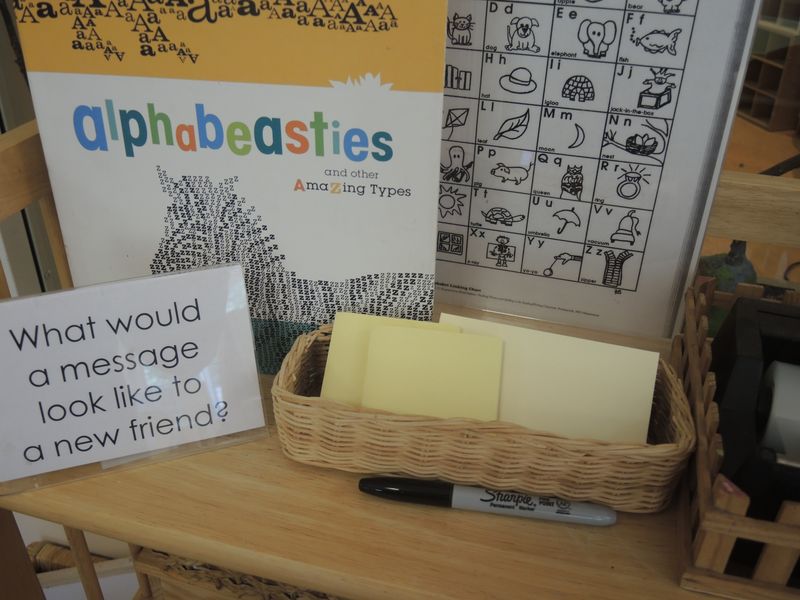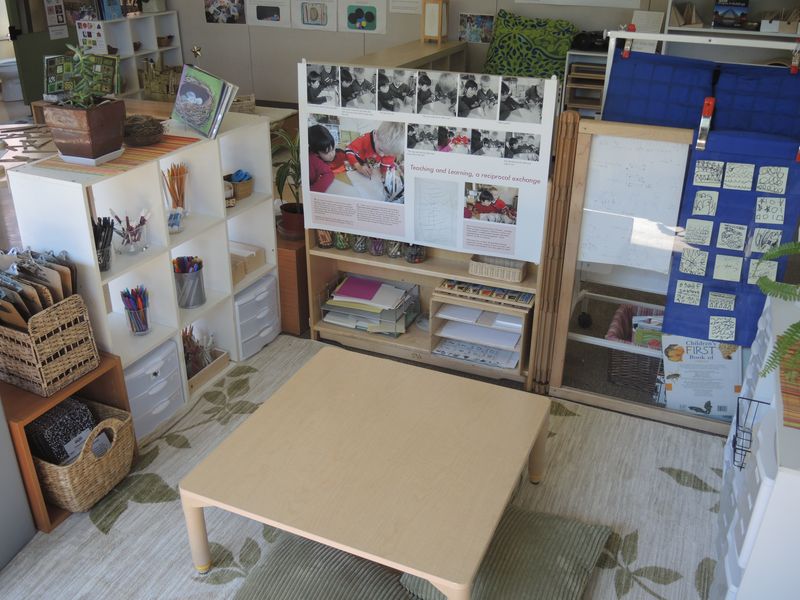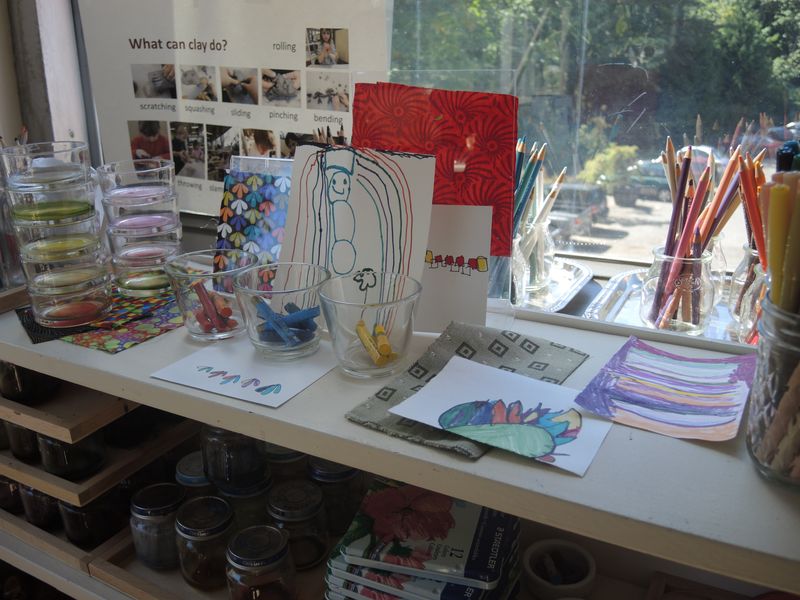Reconfiguring
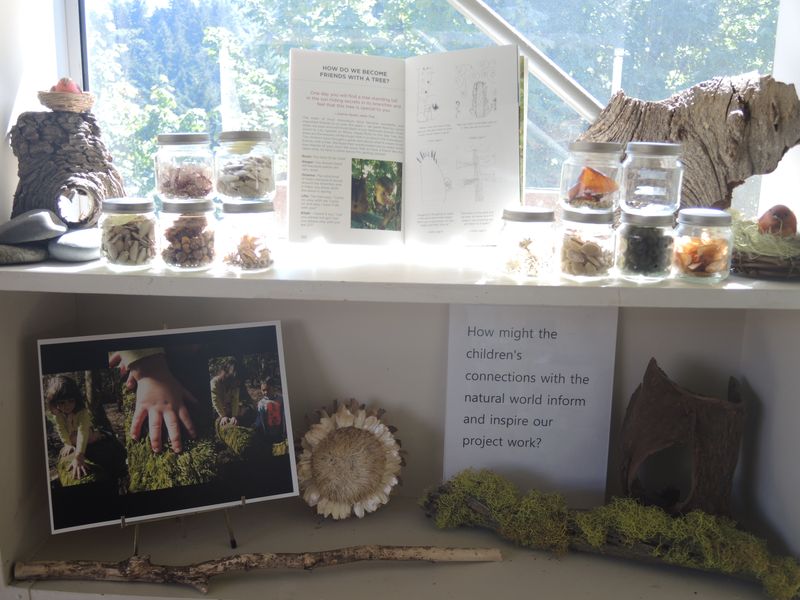
I don’t think I’ve been so excited to begin a school year in a long time.
Opal School’s continuous journey to develop an understanding of and approach to a pedagogy of listening and relationships has taken a significant step forward.
Tomorrow, when we open our doors on the 2014 – 15 school year, our students and teachers will be working more closely together than ever before. While we have always been intentional about our use of mixed-age grouping, this year we have developed structures to make use of our considerable staff resources to benefit all of the children more consistently than in previous years. Opal School will be comprised of three communities who work together within our whole school community, within our Museum community. Each community will be home to roughly 40 children spanning 3 – 4 years of age and will be facilitated by at least 5 adults. Adults in each group will be a combination of experienced teaching staff, pedagogical mentors from the Museum Center for Learning, apprentice teachers, and assistant teachers. Each adult will play a different role depending on the responsibilities of his/her specific position. All will be in relationship with the children, families and the Museum.
It seems that fresh ideas are in the air around here — supported by a wide community of innovative thinkers and doers willing to take bold steps in thoughtful and intentional new directions.
Opal School’s recongifured structure has developed while Portland Children’s Museum, Opal School and Museum Center for Learning are finalizing a new strategic plan that calls for more alignment than ever before. Opal School and the Museum Center for Learning have become one operational unit. A small new non-profit called Teaching Preschool Partners has been developed to support our Gladstone Teaching Preschool and additional preschools in the works in other underserved communities.
Of course, none of these new structures or ideas has developed by chance. All are situated in a long history of experience and reflection. We continually ask ourselves: What is working? What needs to be improved? What have we learned? What new questions do we have? What are our current goals, needs and priorities? What challenges must we address? What new information do we have? Ultimately, this is what living and learning within a pedagogy of listening and relationships supports: to be able to manage the complex and often paradoxical tensions that arise in response to these questions, to make change, and to enter into the next iteration.
In the age of standards, the benefits of mixed-age grouping have faded to the background, but we believe they are many and that these benefits strongly outweigh the use of single-age, homogeneous groups. That said, we have also found those homogeneous groupings to support instructional efficiencies when used very intentionally. Our restructured mixed-age school communities will allow for intenional groupings of many kinds and also allow children, teachers, and families to experience the support of the mixed-age, collaborative group. This article by Dr. Lilian Katz provides a concise overview of the benefits of mixed-age grouping.
While we will certainly tend to the required Common Core Standards, we will also continue to ask questions about them, and continue to create working environments for children and teachers where authentic relationships to content thrive. I think University of Oregon professor Yong Zhao reflects on a critically important question here:
Are the Common Core Standards relevant?
Jobs that require routine procedure skills and knowledge are increasingly automated or sent to places where such skills and knowledge are abundant with lower cost. As a result, as best selling author Daniel Pink observed, traditionally neglected talents, which he refers to as Right-brained directed skills, including design, story, symphony, empathy, play, and meaning, will become more valuable (Pink, 2006). Economist Richard Florida noticed the increasing importance of creativity in the modern economy ten years ago in his best sellerThe Rise of the Creative Class (Florida, 2012). And economist Philip Auerswald convincingly proves the case for the need of entrepreneurs to bring the coming prosperity in his 2012 book (Auerswald, 2012). These are just antagonistic to the core subjects prescribed by the Common Core and tested by international assessments such as PISA and TIMSS, which are mostly left-brained cognitive skills.
Design, story, symphony, empathy, play and meaning. Here’s to a new year in a school community that is structuring to support both adults and children to learn these things well for a world that so desperately needs them.
all images: Opal classrooms being prepared for opening

